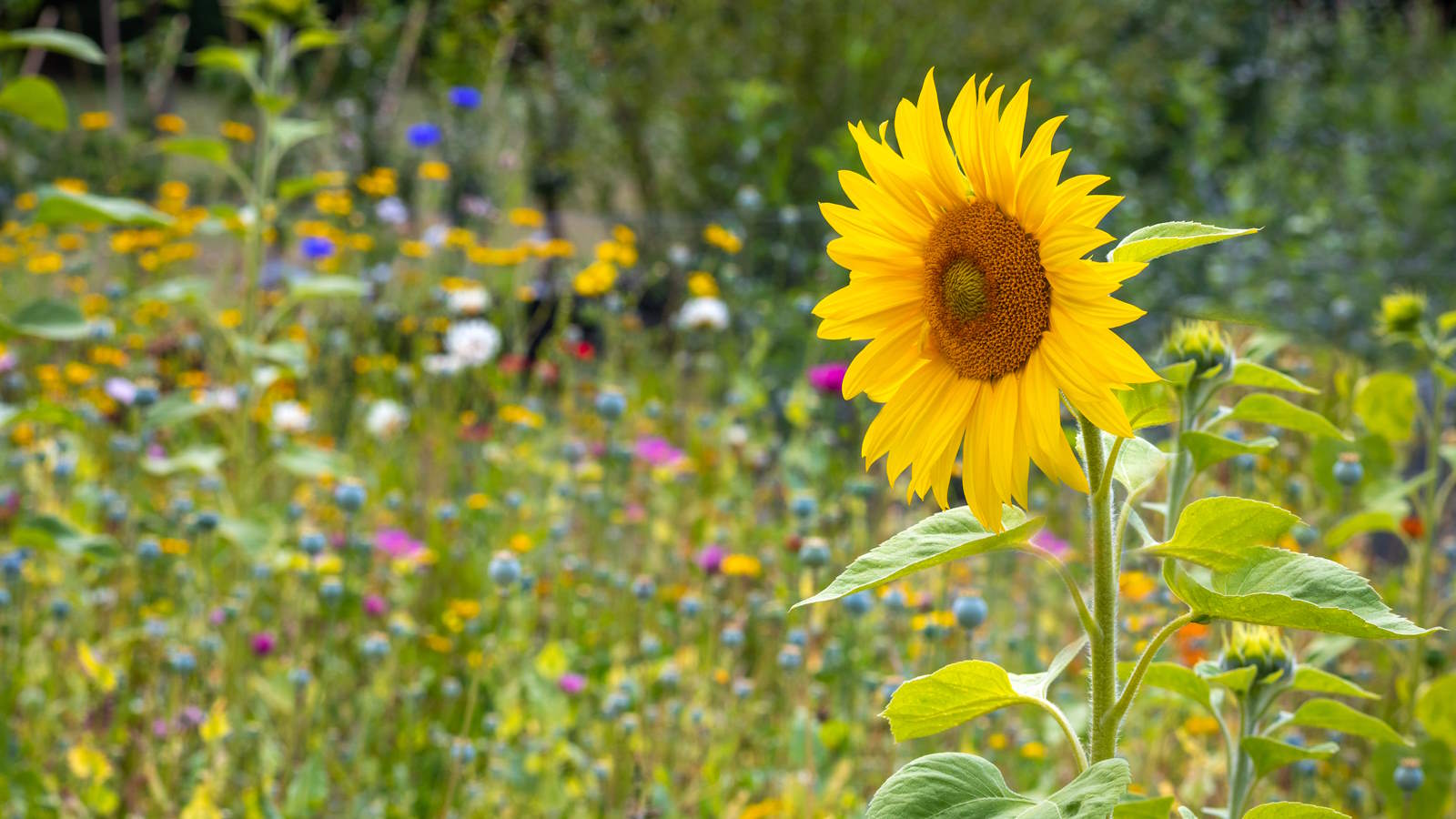
April is an ideal time to sow many flowers from seed. Growing your flowers from seed is an inexpensive and effective way to give you plants to fill your beds, borders, and containers with explosions of color come the summer.
As the spring weather warms the soil, it expands the range of flowers that you can plant in April. While lots of sowing was restricted to indoors in previous months, April is a time when you can confidently start sowing directly into the soil if you prefer.
While popular favorites like sweet peas, zinnia, marigolds, and black-eyed susans can all still be sown this month, there are also many more flowers to sow in April. To provide you with some beautiful inspiration, here you can see seven stunning flowers that you can sow this month – along with tips for where and how to sow.
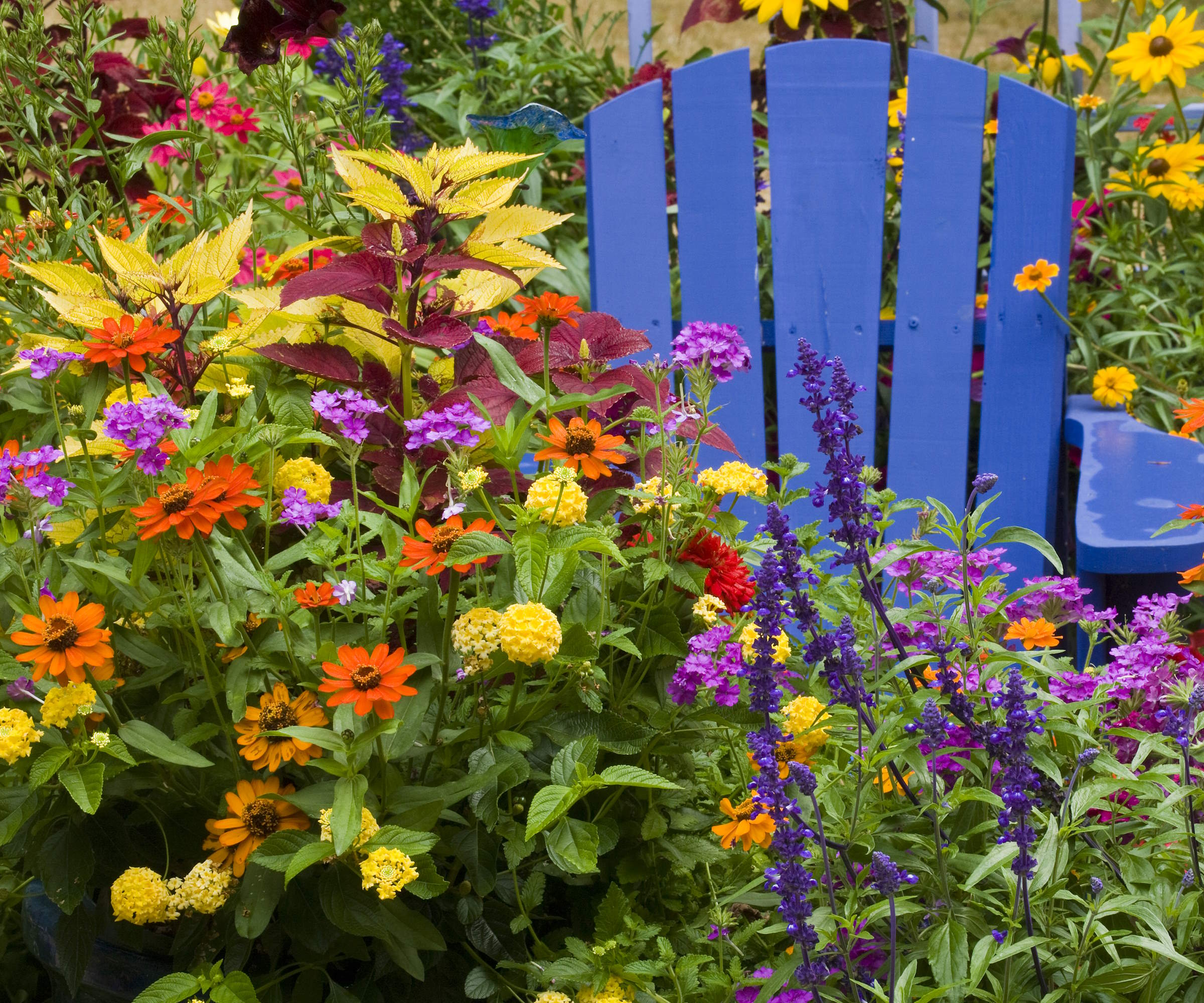
Can you plant flower seeds outside in April?
It will depend on your particular climate, but many flowers can be planted outside this month.
Once the frosts have passed for your location and the soil has warmed up, then you start sowing hardier flower seeds directly into the garden. Tender or half-hardy flower seeds are still best sown indoors, and can be transplanted outside once the weather further improves, especially if you live in a cooler climate.
The decision is yours on where to sow seeds, though there are real benefits to sowing many indoors as you can control the environment and avoid the risk of pests eating seedlings. However, some flowers actively prefer being sown outdoors so always do your research and check seed packets for the recommended sowing methods.
1. Alyssum
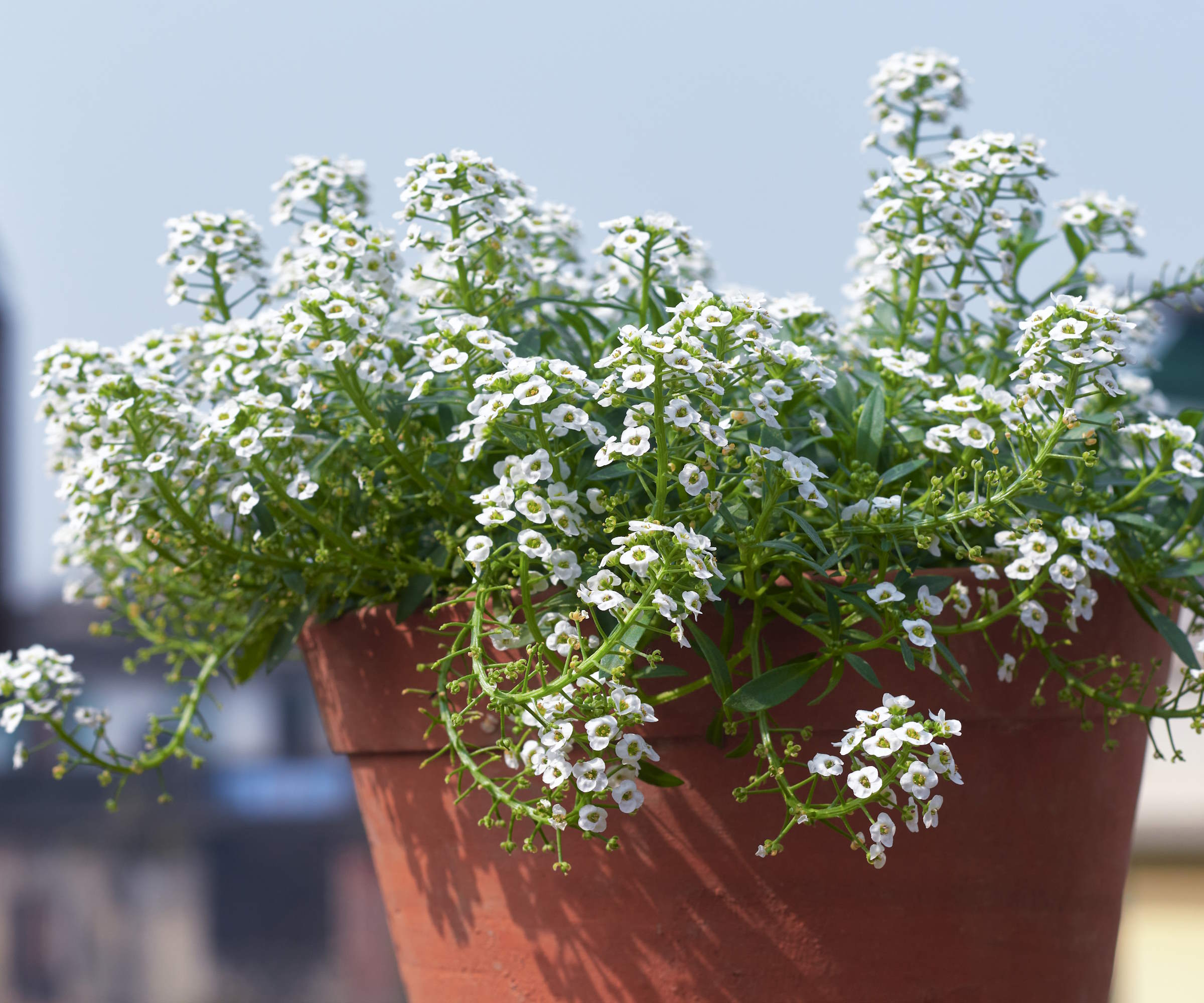
Alyssum, also known widely as sweet alyssum, is loved for the carpet of tiny blooms it produces and it makes the plant popular for use in container gardens as the white blooms can spill over the edge of pots.
Alyssum seeds are tiny and you do need to be careful when you start the flower seeds indoors. The seeds do not need lots of heat - 50-60ºF is ideal – so can be germinated in an unheated greenhouse, cold frame, or on a windowsill. Thinly sow the seeds into trays or pots on the surface of good seed-starting compost and cover with only a very thin layer of more compost or vermiculite.
A fragrant garden favorite that produces masses of crisp white blooms and is ideal for lining walkways or in pots and window boxes
2. Amaranth
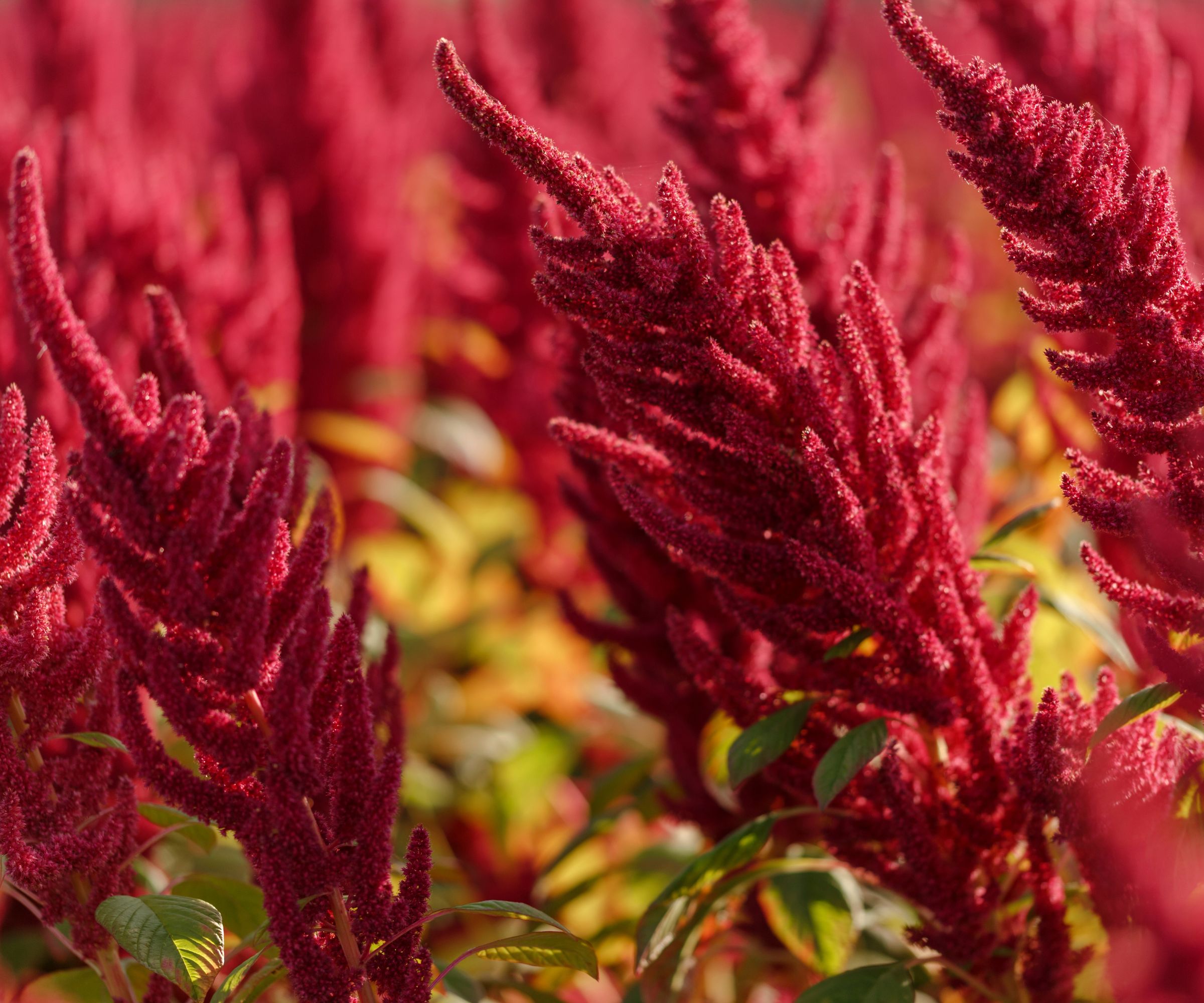
Amaranth is a spectacular annual plant that produces large showy tassels in shades of red, purple, or green. As well as being a dramatic plant for flower beds and borders, it can also fit into a kitchen garden as the leaves and seeds are both edible.
Amaranth is a simple plant to grow from seed and can be started indoors in April, or sown outdoors from mid-spring onwards. Sow seeds on the top of the compost and give them temperatures of around 65-70ºF for good germination. Prick out seedlings when they are large enough to handle and plant them outside, after a period of hardening off, once the risk of frost has passed.
Amaranthus caudatus, also known as Love Lies Bleeding, is the most commonly known type of amaranth. You can get Amaranthus caudatus seeds from True Leaf Market.
3. Borage
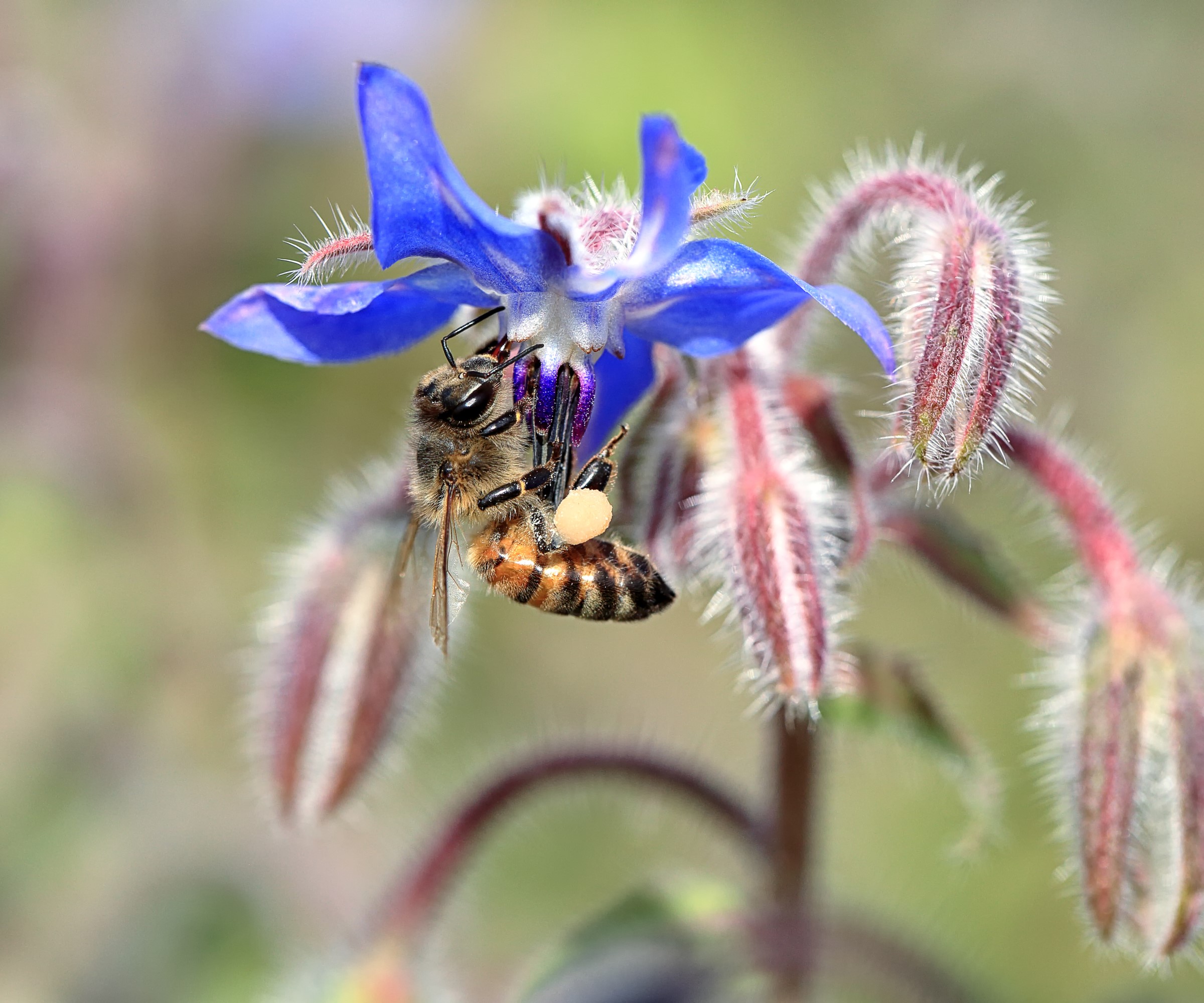
Borage is a great edimental plant, a dual-purpose one that is both aesthetically pleasing and edible. Borage has beautiful star-shaped blue flowers that attract bees and other pollinators, and the flowers can also be used in salads or added to summer drinks.
Borage can be started indoors but is best sown directly into the garden from April onwards. Sprinkle the seeds thinly in rows 16 inches apart, or scatter them lightly over an area or into a container, and cover them with half an inch of soil. Keep the soil moist and they should germinate quickly.
If you do sow borage indoors, consider sowing into biodegradable pots, like these available at Amazon, so the entire pot can be planted out to avoid too much root disturbance.
4. Chrysanthemum
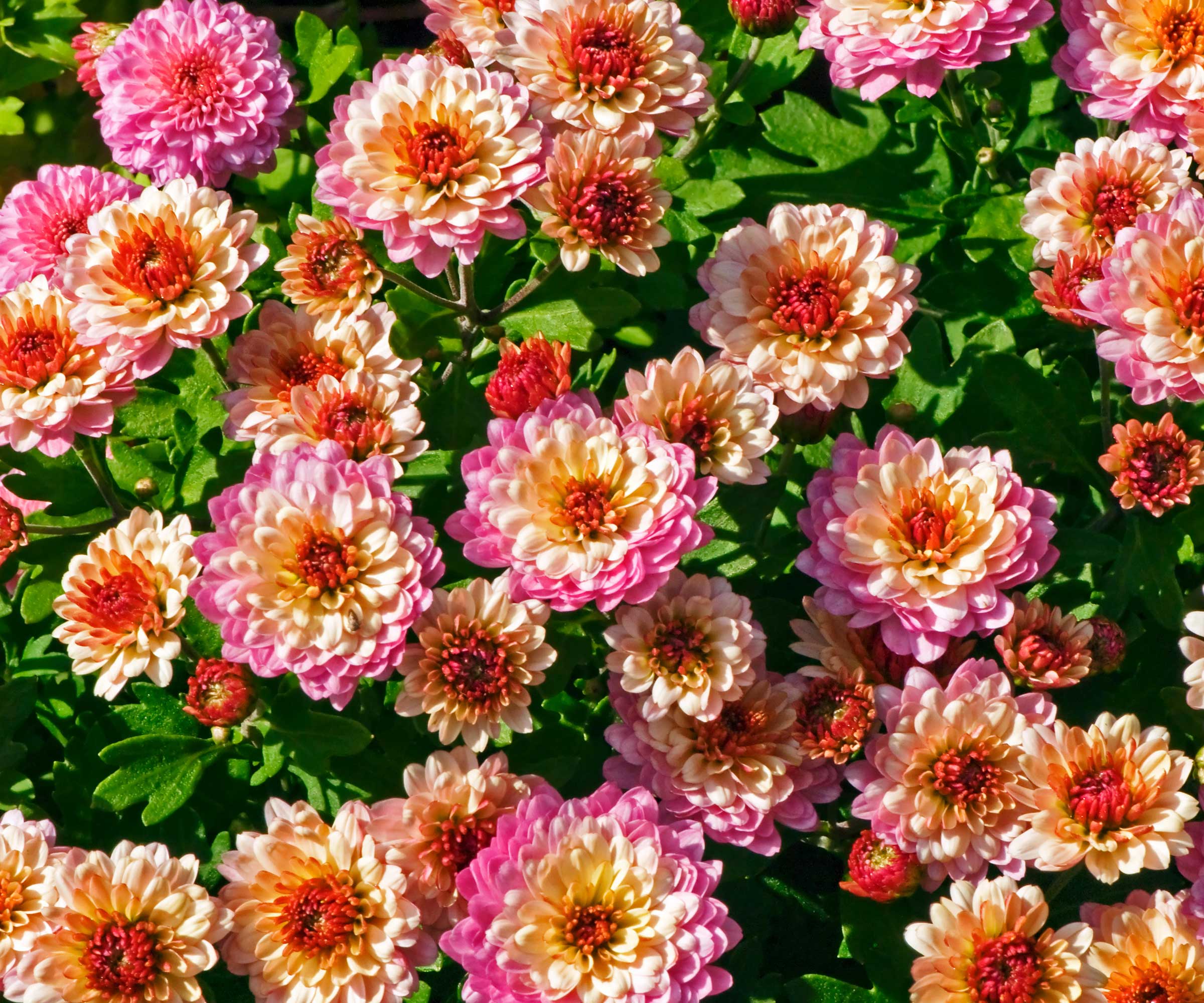
Annual chrysanthemums can be started from seed in April to provide pops of color in any backyard. If you are interested in growing chrysanthemums, the difference between annual and perennial mums is that the former have brighter flowers and smaller foliage.
You can propagate chrysanthemums to grow as annuals from seed in spring. After the frosts have ended for your US hardiness zone, you can sow seeds directly into the growing site. The site needs to have been weeded, raked, and prepared to a fine tilth ready for sowing. If you live in a colder climate, sow the seeds indoors in April ready to plant out from May onwards.
5. Gypsophila
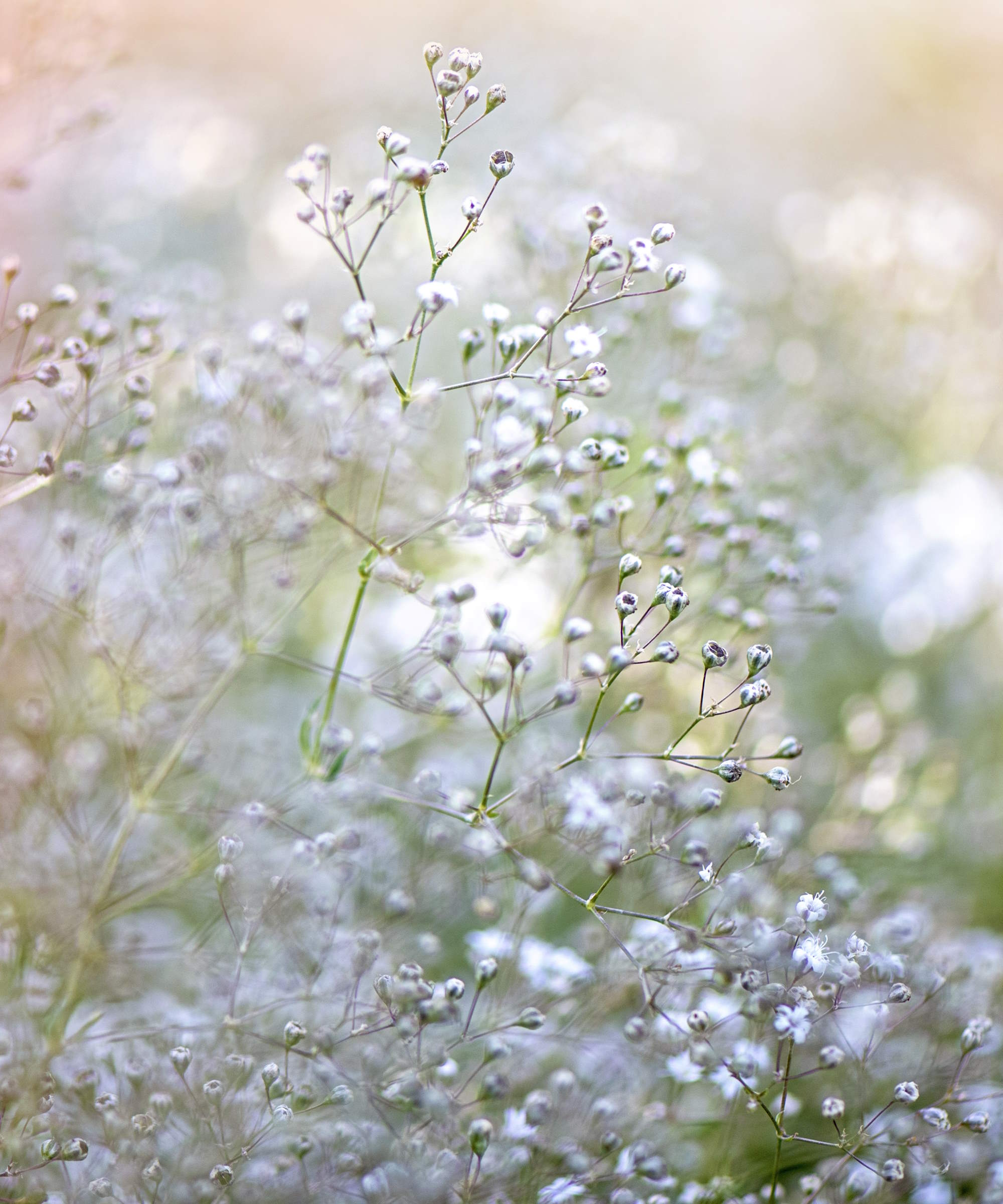
Gypsophila, also known as baby’s breath, produces an abundance of dainty flowers and they are popular cutting garden flowers. There are lots of species of gypsophila to choose from and annual varieties can be grown from seed in April. The plants do not like root disturbance, so are best sown directly into their growing position when the soil temperature reaches 70ºF. If you are planning a cut flower garden, consider succession plantings of gypsophila to get a long cutting season.
See the range of gypsophila seeds available at True Leaf Market
6. Nasturtium
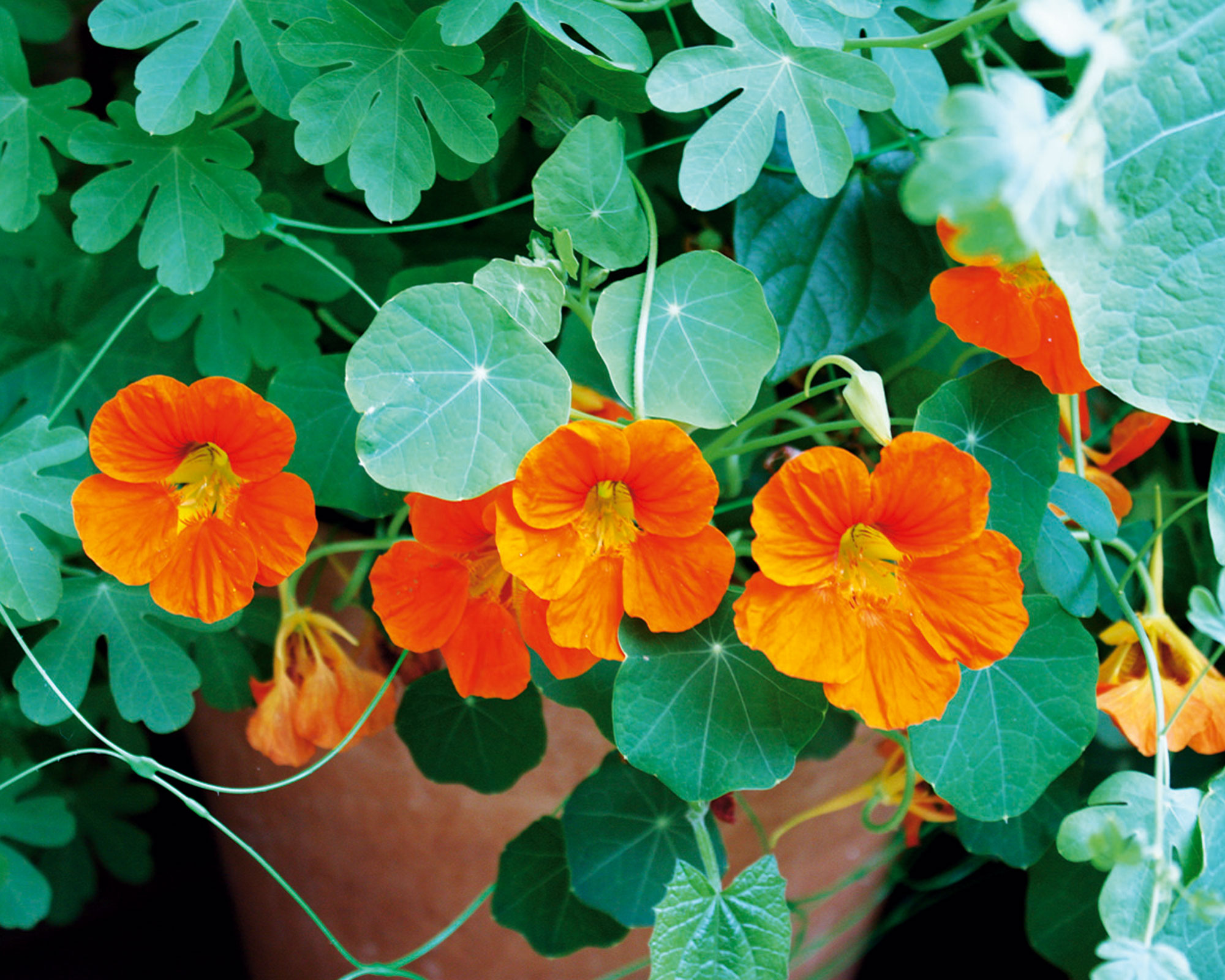
Nasturtiums are fantastic flowers to grow as part of any backyard ideas. Not only do they look amazing – coming in vivid shades of red, orange, yellow, and more – but the flowers and leaves are both edible, and they are also great options for companion planting.
As well as their many benefits, growing nasturtiums is very simple to do. Plant nasturtium seeds indoors in April – such as in a greenhouse or on a bright windowsill – or sow the seeds outdoors once the soil temperature reaches at least 68.ºF. There are benefits to starting nasturtiums indoors, though, as the likes of slugs and snails can nibble emerging seedlings.
Nasturtiums can come in various colors or you can get seeds that will produce a range. Such a type is the Nasturtium 'Alaska Mix' available at Burpee which not only blooms in different colors, but also has variegated foliage.
7. Sunflower
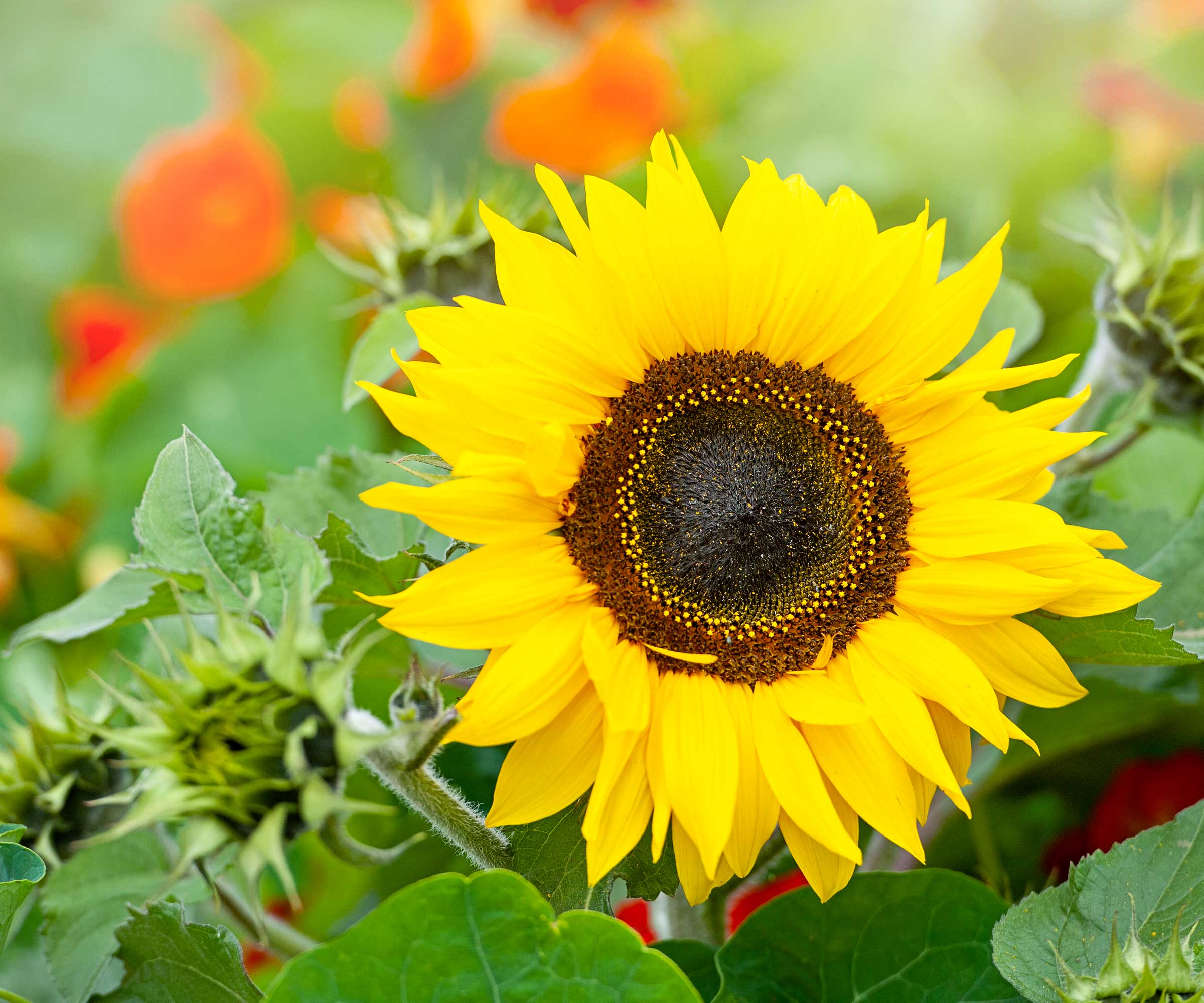
Sunflowers are one of the easiest flowers to grow from seed and can be a great project to get children interested in growing plants. They come in various colors, and can reach heights of up to 10 feet.
It is best to sow seeds indoors to grow sunflowers, starting in April. Plant sunflower seeds into small individual pots filled with a good quality potting mix for starting seeds. You can then transplant seedlings when they reach around 12 inches tall.
If you do live in a warmer climate, it may be possible to plant sunflowers outdoors if the soil is warm and dry.
See the range of sunflower seeds available at Burpee
FAQs
Can you sow wildflowers in April?
April can be an ideal month to plant wildflower seeds, as the soil tends to be warm and moist at this time of spring. If you are planning to plant a wildflower meadow, then early to mid-spring offers a great window of opportunity to sow. Alternatively, fall is the other recommended time to sow annual and perennial wildflowers.
April can be a busy month and you may have a long list of jobs on your spring gardening checklist. If you do struggle for time or space to sow flowers or plant vegetables in April, then you can get a wide range of young plants in garden centers, nurseries, or online to fill your backyard with color or produce for the months ahead.







